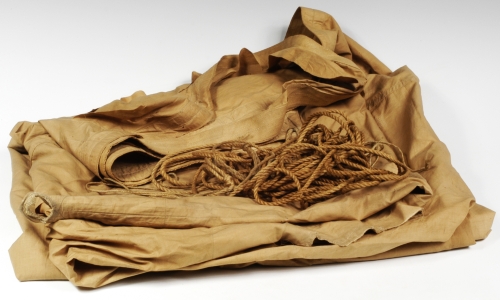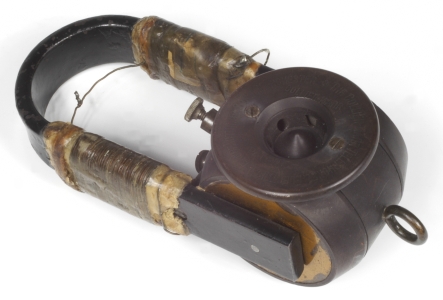
Marconi’s most audacious early ambition was to send a radio signal across the Atlantic. It was generally believed that the curvature of the earth made this impossible, since it the waves were expected to travel in straight lines and could not pass through the earth.
Two wireless stations were set up in 1901: a transmitter of unprecedented power at Poldhu in Cornwall and a receiving station at St John’s in Newfoundland, where the aerial was to be raised by a balloon or a kite. Marconi and his assistants George Kemp and Percy Paget arrived in Newfoundland in
December and, although the balloons failed and one of the kites was blown away, after an anxious wait they finally detected the pre-arranged signal from Poldhu. On 12 December they heard the three dots – the letter ‘S’ in Morse – on a telephone wired in series with a sensitive detector.
The signal had been too weak to be printed on tape in the way telegraphic messages were usually recorded, which led to problems in convincing everyone that the trial had succeeded. Two month’s later, however, signals were successfully transmitted over 2,000 miles to Marconi on board the Philadelphia, leaving no room for doubt.

Kite, by G.C. Spencer & Sons, Balloon Makers, Holloway, London, c.1901. One of the large linen kites, with bamboo poles, Marconi and his assistants took to Newfoundland to raise the aerial wires of his receiver at Signal Hill.
Marconi Collection: Inv Num 74328

Telephone Receiver, by Collier-Marr Telephone & Electrical Manufacturing Co. Ltd., Manchester, 1901. This was used to receive the first transatlantic signal, the three dots of Morse code for the letter ‘S’. After struggling either to record or recognise a signal, Marconi famously handed this receiver to his assistant with the words, ‘Can you hear anything, Mr Kemp?’
Marconi Collection: Inv Num 96661
 Wireless World: Marconi & the making of radio
Wireless World: Marconi & the making of radio